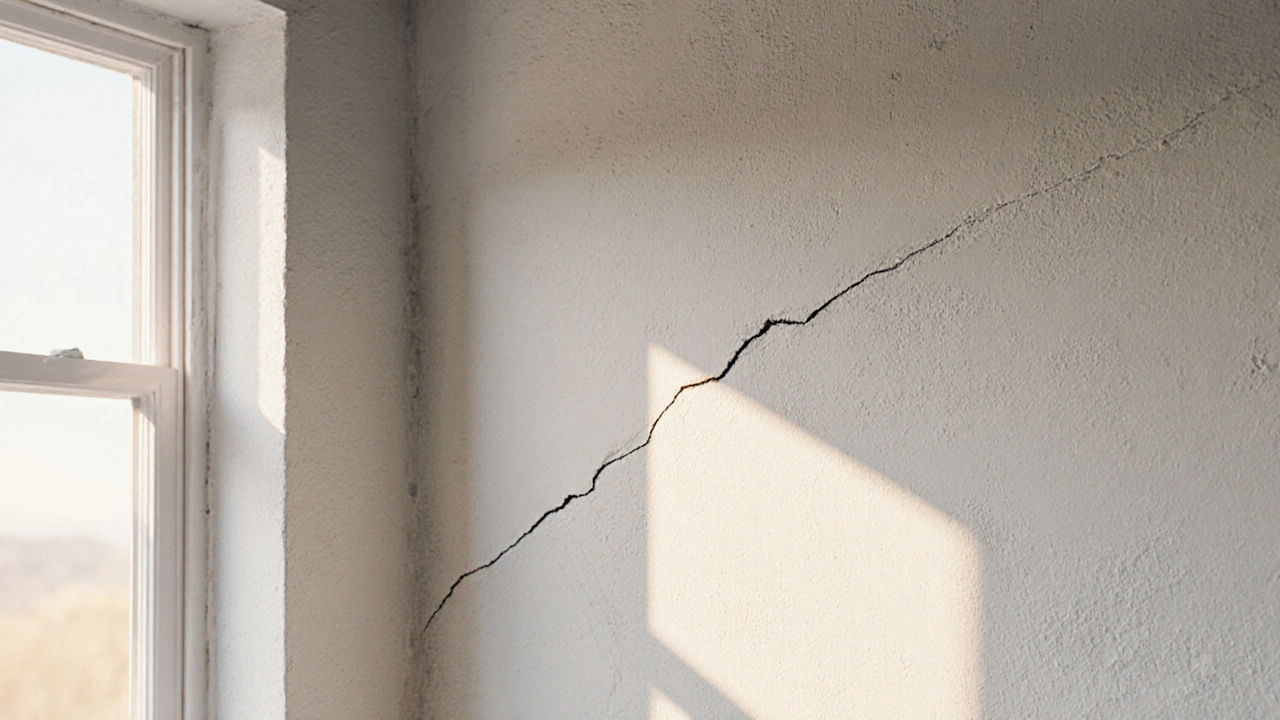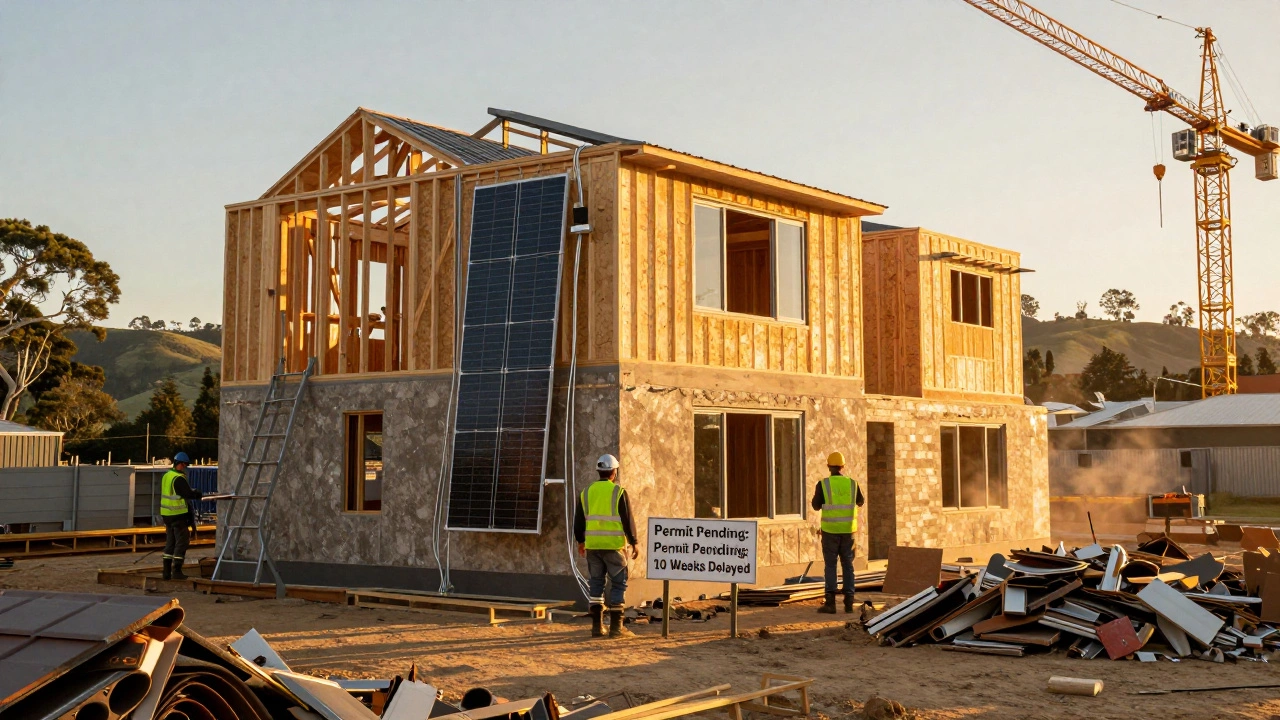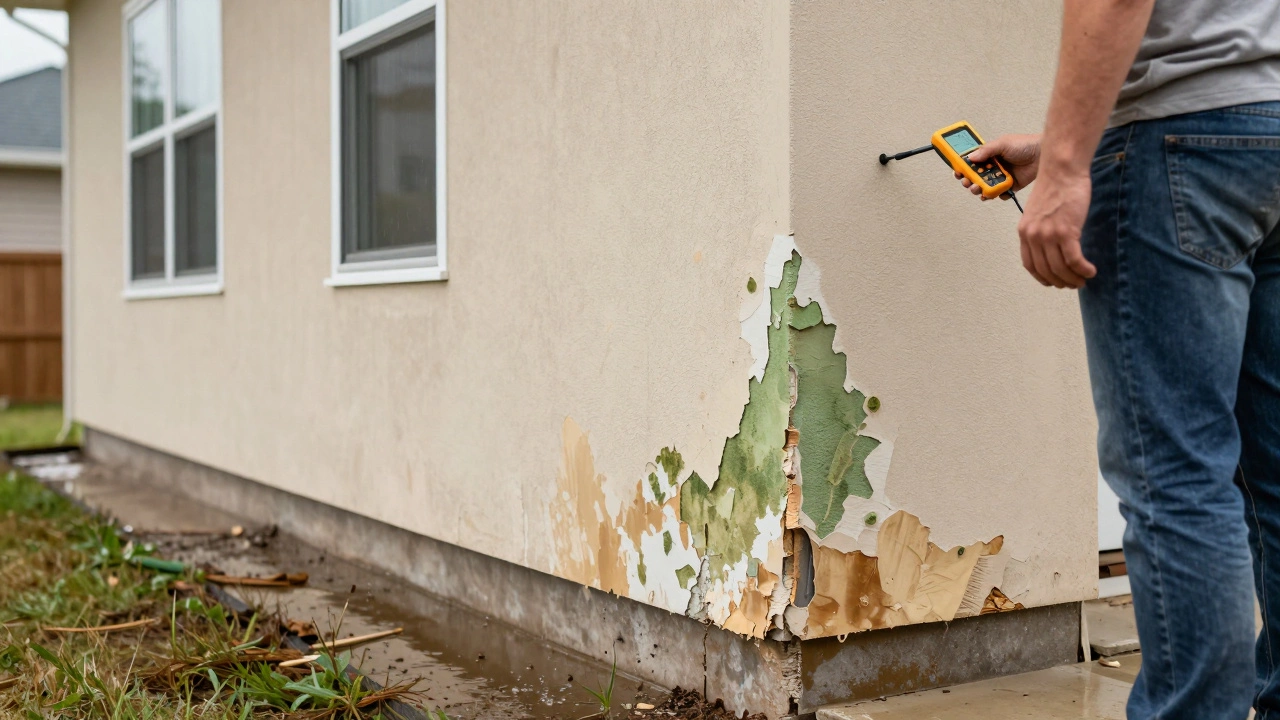New Build Cracks: What’s Normal, When to Worry and How to Fix Them
When dealing with new build cracks, the small fissures that show up in freshly completed homes. Also known as early‑age cracks, they can be harmless or signal deeper issues. new build cracks are a common concern for first‑time owners because they often appear shortly after moving in, leaving many unsure whether to call a professional or wait.
One of the most frequent types is foundation cracks, splits that develop in the concrete footings or slab. These can result from soil movement, moisture changes, or inadequate curing. When foundation cracks are narrow (under 0.3 mm) and don’t widen over time, they’re usually cosmetic. However, wider cracks often need a specialist to assess load‑bearing capacity.
Another key player is settlement cracks, linear fissures caused by the building settling into the ground. Settlement is a natural process, especially in new builds where the soil is still adjusting. The critical factor is the pattern: vertical cracks that follow mortar joints are typical, while horizontal or diagonal cracks may indicate uneven settlement that warrants further investigation.
How you spot the difference matters because building inspection, a systematic review of a property’s structural health often catches early signs before they become costly repairs. An inspector will measure crack width, monitor changes over weeks, and check for associated signs like doors sticking or floors sloping. Early detection can save homeowners from expensive structural repair work later on.
Key Types of Cracks in New Homes
The most common categories are:
- Hairline cracks in plaster – usually harmless and easy to fill.
- Vertical cracks in blockwork – often linked to shrinkage, but monitor for growth.
- Horizontal cracks in foundations – a red flag that may require underpinning.
- Diagonal cracks across large wall panels – could signal differential movement.
Understanding these patterns creates a clear semantic link: new build cracks encompass settlement cracks, and foundation cracks require structural repair. Moreover, building inspection influences detection of new build cracks, tying the whole ecosystem together.
Practical steps for homeowners include tracking crack width with a simple ruler, photographing changes monthly, and noting any shifts in doors or windows. If a crack widens more than 0.5 mm in a week, call a structural engineer. For hairline cracks, a quality filler and a fresh coat of paint often do the trick.
When planning a renovation or adding a loft, remember that new structures can redistribute loads, potentially creating fresh cracks. Work with a designer who respects the original load paths and uses proper reinforcement. This proactive approach reduces the chance of post‑construction surprises.
Below you’ll find a curated list of articles that dig deeper into each of these topics. From detailed guides on assessing foundation crack width to step‑by‑step repair methods, the collection offers practical advice you can act on right away.






